.png.aspx;?width=450&height=450)
It is of common knowledge that life across the world is completely different from a country to another, and sometimes even from city to city. Houses are usually a testimony of the diversity of our world. We would like to take you on a journey around the world and discover how life is lived in various places.
Minka Houses in Japan
Minka in Japanese means the “house of the people”. Historically, the term Minka referred to the dwellings of farmers, artisans and merchants. This connotation no longer exists and Minka is now used for any traditional-style Japanese residence. These traditional houses are recognizable by their wooden structure, tatami mat flooring, sliding doors and wooden decks. Traditionally, these houses do not have a designated use for each room aside from the entrance hall, kitchen, bathroom, and toilet. A new trend is emerging in Japan, where people are dismantling Minka houses and rebuilding them somewhere new.
You can get a taste of the Japanese traditional way-of-life by visiting the Unesco Heritage villages of Shirakawa-go and Gokayama.
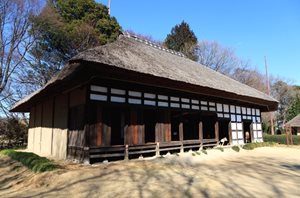

Izba Houses in Russia
An Izba is a traditional Russian countryside log house. There are not many traditional Izbas left in the country as people moved on to more modern flats and houses. Traditional Izba houses only had one big room where farmers used to cook, eat and sleep. The central and most valuable object of the house was the stove which often took up to one quarter of the entire room.
The best place to see an Izba from up close is the Museum of Wooden Architecture and Peasant Life located about three hours away from Moscow. Here, you can explore a “living village” composed of Izba houses, a wooden fortress and a 17th-century wooden church.

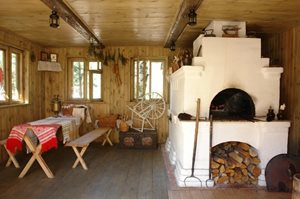
Nomads Gers in the South Gobi Desert in Mongolia
Gers, also referred to as Yurts, are the traditional Mongolian transferable houses used by nomads in the South Gobi Desert. Nomads move when their animal have eaten all the grass in the area. The Ger is supported by two main poles in the center and the framework is covered by white cloth filled with the animals’ wool and hair. A stove is placed in the center and the ceiling can be opened to let the smoke out. The inside walls and the floor are usually covered by rugs and tapestry.
To experience the Mongolian nomad life, contact a specialized travel agency who will organize a guided tour and take you to the Gobi Desert to meet with locals.
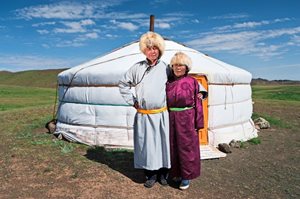
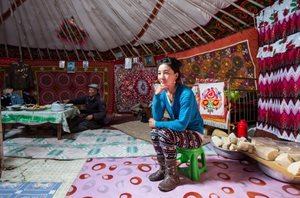
Tulou Buildings in Southern China
Named as a UNESCO World Heritage Site, Tulou buildings are traditional multifamily living structures built by the Hakka population in Southeast China. At the intersection of a fortress and an apartment building, Tulous were originally designed to be easily defendable. While typical Chinese houses are not higher than 2 stories, these buildings had at least three to five floors with an outside wall reaching up to 1 meter in thickness. Smaller interior buildings are often enclosed within the peripheral walls, making the dwelling as big as a village which can house up to 800 residents.
To visit a Tulou, fly to Xiamen in the Fujian province and book a guided tour of the region. After a two to three-hour drive, you will find plenty of Tulou buildings to visit. For more information, visit
https://www.chinahighlights.com/xiamen/which-tulou-to-visit.htm

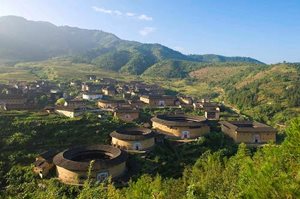
Mar del Plata in Argentina
Originated in Argentina’s Mar del Plata city is the Mar del Plata style of houses which are closely related to the Californian style. This style of housing was popular among the upper-class visitors that spent their summertime in the resort city between 1910 and 1930 and was recognized as a status symbol that differentiated the economic class system. These houses have pantile roofs, prominent chimneys, overlapping rooms, reduced areas, stoned exteriors, decorative door ironworks and log frames, and front gardens and porches. They are usually seen grouped together in a semi-detached housing style.
To see this kind of housing style, visitors go to the water-side areas of the Argentina such as the neighborhoods of La Perla, Stella Maris, Playa Grande, Punta Mogotes and Alfar. These seaside areas attracts many middle-class tourists, particularly La Perla, who are looking for a winter home or a summer house for rent.
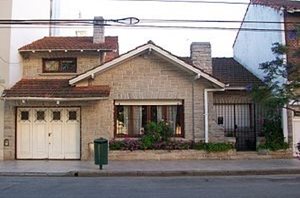
.jpg.aspx;?width=300&height=198)
If you are traveling more than 100 miles for your vacation, download the
Global Travel Plus Mobile App. With just a tap of a button, you can be connected to our 24/7 Operations Team. Check the app for many features that may be helpful during your travels such as Pre-Trip Information, U.S. Pharmacy Locator, and Global Embassy Locator.